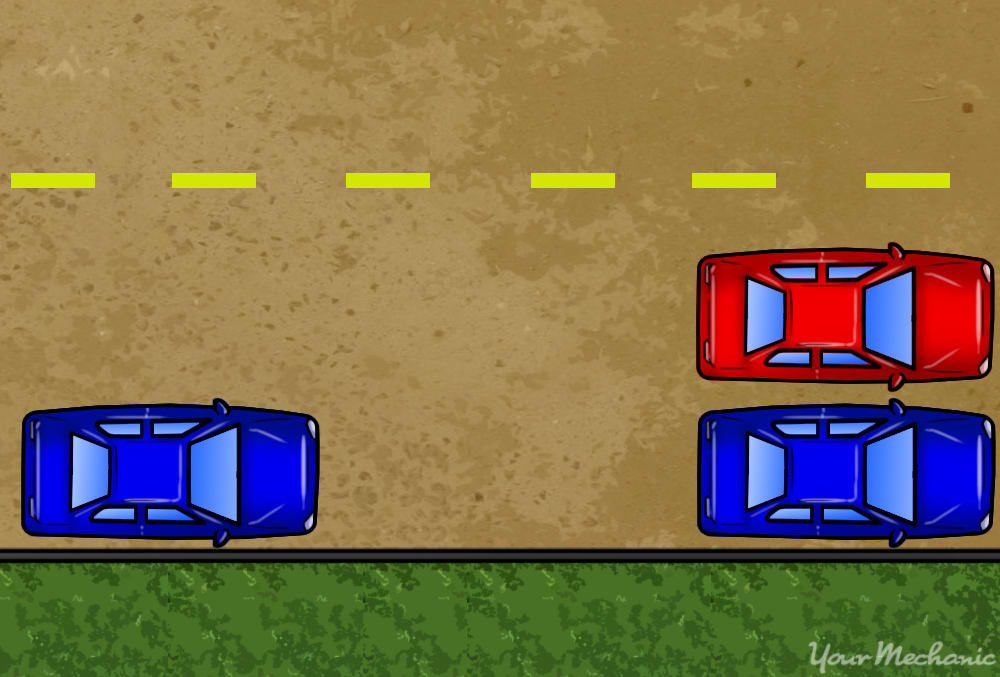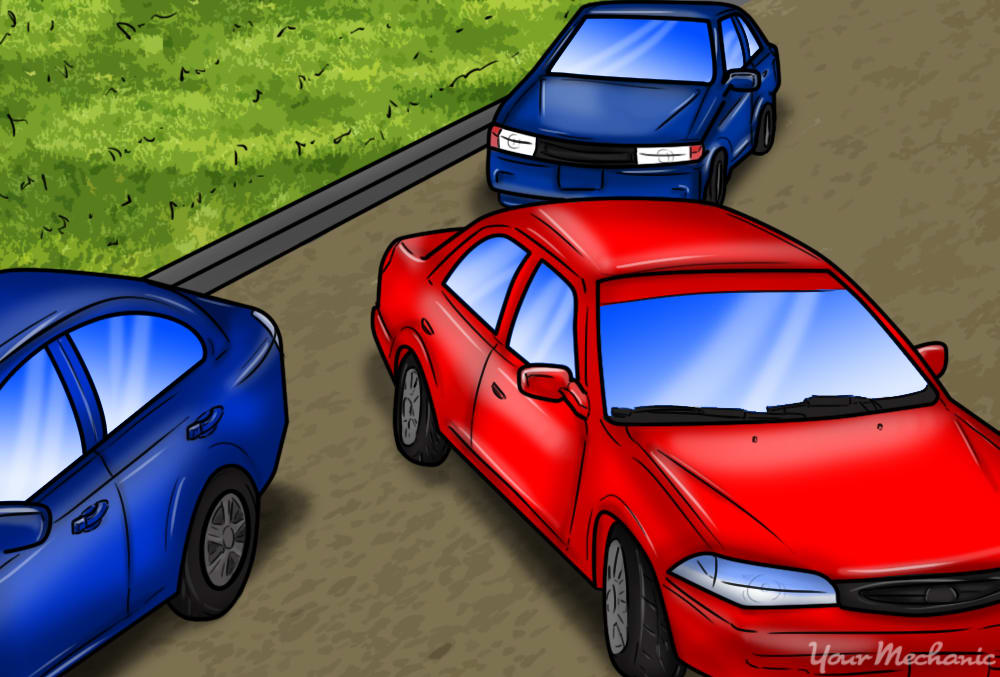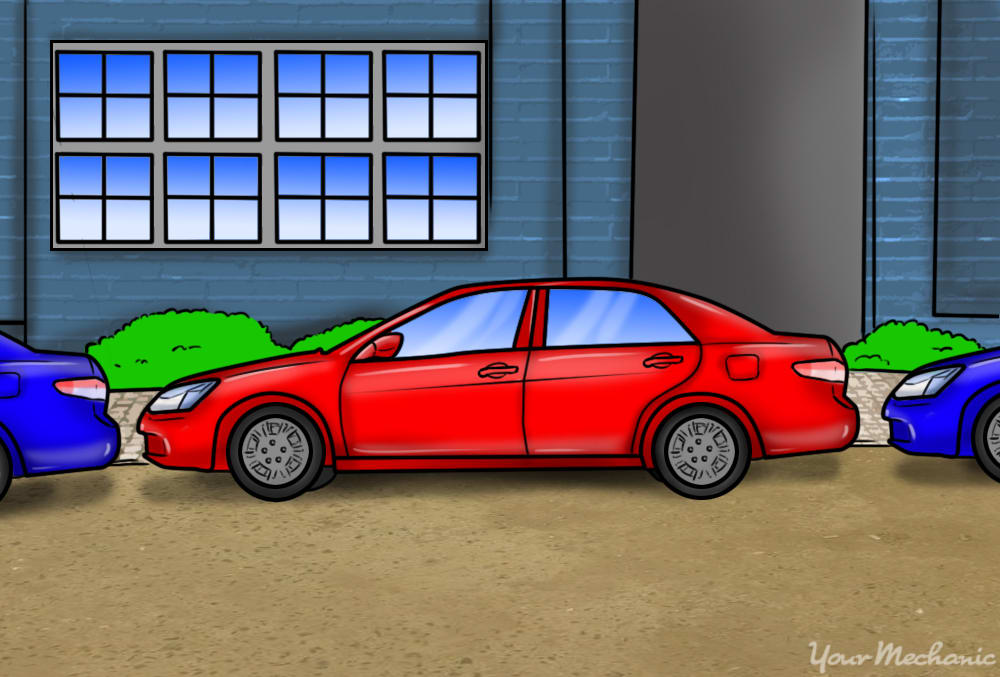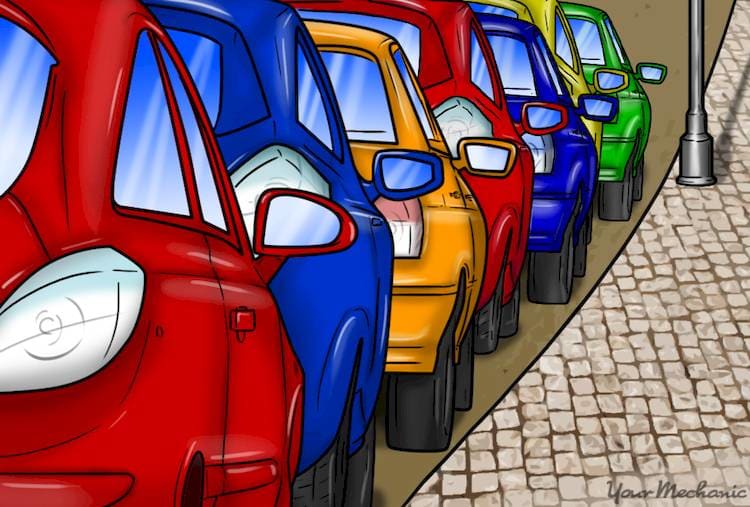

One driving skill that many people lack or aren’t comfortable with is the ability to parallel park. While you can get by without it in the country or places with fewer cars, it’s important to learn how to parallel park on busy city streets. You can easily learn to parallel park by following some simple rules.
Part 1 of 4: Find a spot and position your vehicle
Your first need to locate a spot big enough for your vehicle, a space preferably slightly larger than the vehicle you are driving. Once you have found a space, turn on your turn signal and position your vehicle to back in.
- Tip: When searching for a parking spot, look for spots in well-lit areas. This is to help prevent theft and is safer for you if you plan on returning to your vehicle at night.
Step 1: Study the space. As you drive up to prepare to park, study the space to make sure your vehicle can fit in it.
- Tip: Make sure there is nothing prohibiting you from parking in the space, such as a fire hydrant, no parking sign, or an entrance.
You should also check to make sure that there are no obstructions on the vehicles to the front or rear of the space, including trailer hitches or any oddly shaped bumpers.
In addition, check the curb to make sure that it is of normal height and not a high curb.
Step 2: Position your vehicle. Pull up to the vehicle in front of the space.
Pull your vehicle up to the vehicle in front of the space so that the middle of the B-pillar is between the front and rear driver's side doors of the parked car.
Two feet is a good distance when determining how close you need to be away from the parked vehicle.
Warning: Check your rearview mirror to make sure no one is close behind you before stopping. If they are, brake slowly while turning on your signal to show your intent.
Tip: Use a spotter if needed. A spotter can help guide you in from the sidewalk or side of the street. This is particularly useful for tight spots, with the spotter letting you know the distance between your vehicle and the one behind or in front of it.
Part 2 of 4: Back your vehicle in
Once you are in a good position to back into the spot, it is time to put the rear of your vehicle into the space. Pay attention to all the corners of your vehicle when parallel parking, and use your mirrors as necessary.
Step 1: Back in. Shift the vehicle into reverse and back into the spot.
Check the driver's side mirror first to make sure no one is coming before backing in.
Then, look over your right shoulder to assess the space as you back in.
Turn the front wheels of the vehicle so that you are backing at a 45-degree angle into the space.
Step 2: Check contact points. As you back in, constantly check the various corners of your vehicle to make sure they are clear of the vehicles in the front and back of you, as well as the curb you are approaching.
- Tip: If needed, adjust the passenger's side mirror so that you can see the curb as you approach. Another indicator that you have gone to far is if your rear tire hits the curb. To avoid hitting the curb, approach it slowly, especially if it is high.
Part 3 of 4: Straighten out as you back in
Now that you are backing in, it is only a matter of getting the vehicle straightened out and in the parking spot. You can make further adjustments once you are in the spot.
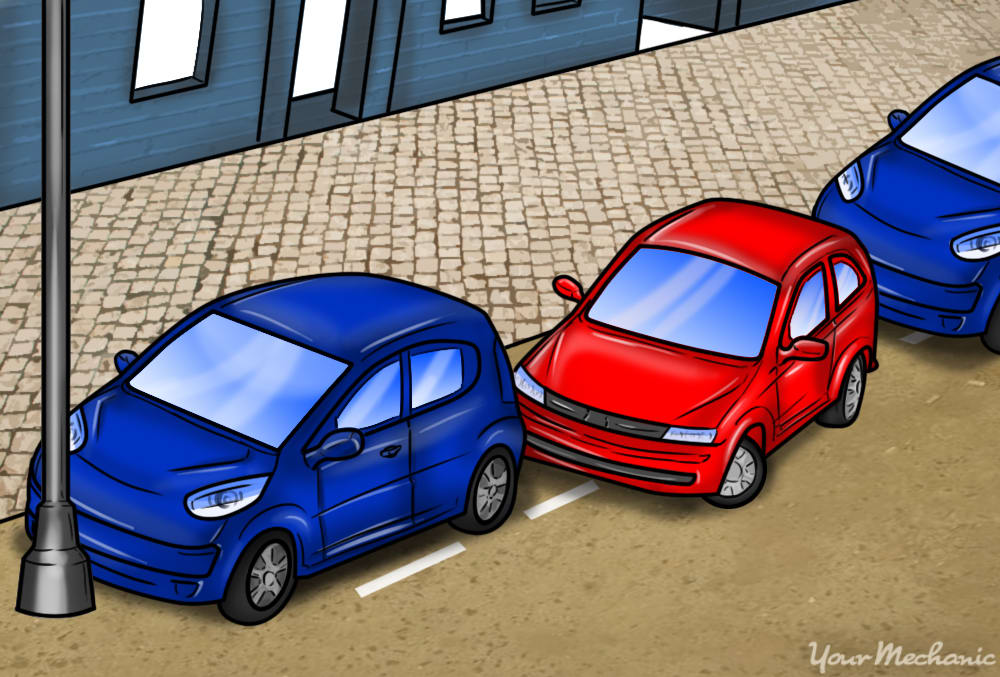
Step 1: Turn to the left. As the rear of the vehicle you are driving is mostly into the space, turn the steering wheel to the left.
If you have plenty of room to park, switch from turning right into the spot to left to straighten the vehicle out as your front bumper is even with the rear bumper of the vehicle parked in front of the space.
Step 2: Straighten out. Straighten the steering wheel out as you get close to the vehicle parked behind you, making sure not to hit the vehicle.
Part 4 of 4: Pull forward and center the vehicle
At this point, most of your vehicle should be in the parking spot. The front end is probably not quite where it needs to be though. You can straighten the vehicle as you pull forward and come even with the curb. You can also back up again if needed u til you feel comfortable with the way you are parked.
Step 1: Finish parking. Now, all you have to do is center the vehicle and finish parking.
Pull forward, turning right toward the curb if necessary. Center the vehicle in between the vehicle to the front and rear, and set your parking brake. This gives the other vehicles room to maneuver if they need to leave before you return.
When properly parked, your vehicle should be less than 12 inches from the curb.
Step 2: Adjust your position. If you need to, adjust the position of your car.
Wriggle the vehicle tighter into the curb if needed by pulling forward and then turning the wheel slightly to the right to bring the rear of the vehicle in closer. Then, pull forward again until the vehicle is centered between the two vehicles.
Learning how to properly parallel park can save you the expense of a scraped-up paint job and damaged bumpers. Unfortunately, the drivers around you might not have the same skill set as you. If you find the paint or bumper damaged, seek the help of an expert auto body specialist to repair it.


